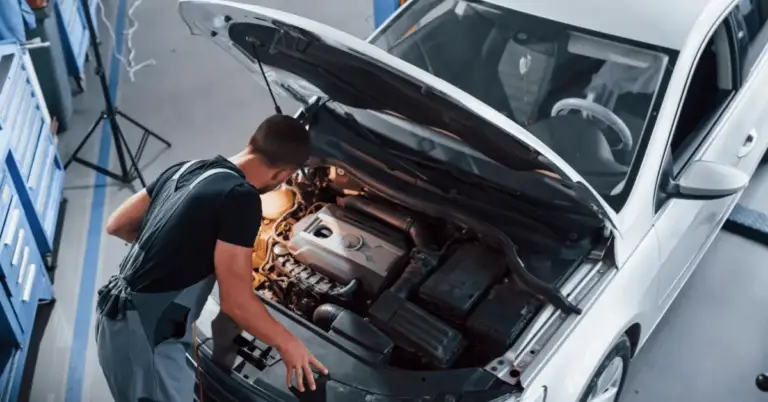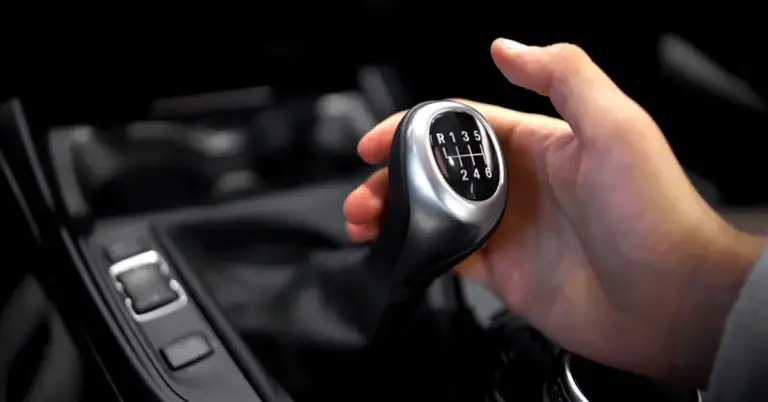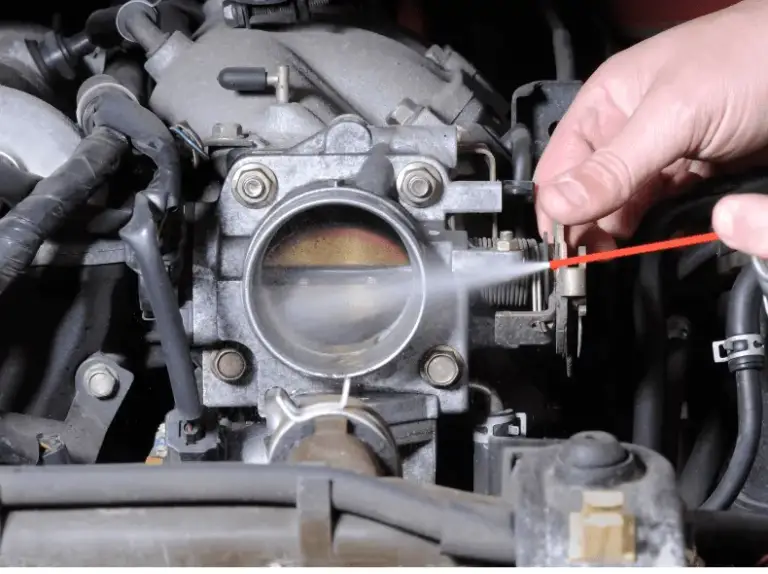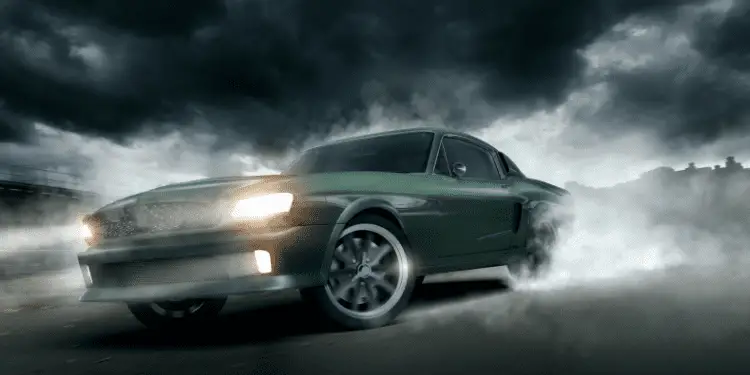
Revving your engine when it’s cold might seem like a good idea to get things warmed up. But the fact is that this bad habit can ruin your car’s engine and drive it into an early grave.
Revving your engine from a cold start is never a good idea. If you rev your car before it has a chance to warm up, it can cause unnecessary wear and tear on your car. This damages the engine, rods, valves, and other components, which shortens the life of your vehicle. That’s because cold, thick oil hasn’t had a chance to circulate and properly lubricate the engine for safe performance.
Check out these top 5 reasons why it’s best to avoid revving your car when it’s cold.
Overview:
- Manufacturers and Some Laws Warn Against It
- It Can Damage Your Engine
- It Can Strip Oil from Components
- It Can Damage Rods, Vales, or Clutch
- It Burns More Fuel
5 Reasons Why You Shouldn’t Rev Your Car When It’s Cold

1. Manufacturer’s Warnings and State Laws
The first reason why you shouldn’t rev your engine from a cold start is due to manufacturers’ warnings. While you might own your car, the manufacturer always knows best.
Revving an engine refers to putting your foot on the gas and pumping it when the car is placed in park. When you put your pedal to the metal, this gives a signature roaring noise as the RPM increases. Revving a sitting car, especially from a cold start, increases pressure on your engine’s cold fluids, such as oil and other lubricants. If you’re not a race car driver revving the engine to keep the car going, revving a car from a cold start is not only unnecessary, but it can be dangerous for your car’s health and longevity.
Most manufacturers recommend against revving an engine when it is cold. Idling a car while sitting is also not the best way to warm up a cold car. Instead, it’s better to drive it normally until the engine warms up.
Not only do manufacturers advise against revving a cold car, but many states have anti-revving laws due to community complaints about noise and fumes. Next time you’re thinking about revving your engine, check with the Environmental Protection Agency (EPA) and your own state laws to get the full scoop.
2. You Can Damage the Engine and Reduce Performance
The biggest reason to avoid revving a cold engine is that it can damage the engine. While your engine won’t blow up, it causes accelerated engine wear. This increases the risk of faster component failure. If your car is already warmed up, this doesn’t have the same results as revving your car from a cold start.
In cars manufactured before 1980, revving a car engine to warm it up and protect it was necessary. Many people still follow this outdated advice either by trying to protect their car or warm it up faster. In modern cars, this is not only unnecessary but risky for your engine.
Most gas-powered vehicles take 5-10 minutes to get warm in an idling position, while diesel engines can take under 5 minutes to warm up. Modern car engines will idle at 1500 RPMs until it warms up and then drop back down to around 800 RPM.
If you rev your cold car when idling at 1,000 RPM, for example, and rev it until it reaches 3,000 RPM, it can go over the redline. This is the maximum safe RPM speed that your engine can reach without injuring itself.
When you rev a car, you’re not actually driving. This makes the engine push itself to its limits without getting the chance to lubricate cold or dry components properly. It also makes the car’s temperature change too fast, which can stress your engine out.
If you don’t want to pay for a new engine or car, avoid revving your engine from a cold start.
3. You Can Strip Oil from the Components
As we’ve discussed, putting the pedal to the medal in an idling position when your car is cold can spell bad news for your engine.
That’s because the oil and coolant in the engine is cold and won’t have a chance to rise to its best operating temperature because the engine’s pressure suddenly increases. All the engine components will also still be dry. Even letting the engine just idle can strip oil from the engine’s cylinders and pistons over time.
Cold oil doesn’t flow very well, which forces your car to choose between warming up and helping oil lubricate the components efficiently. Up to 90% of worn engine issues come from complications from revving or cold starting an engine that hasn’t had a chance to lubricate as it should. When there’s less oil, this creates more friction, stress, and wear and tear, which shortens your engine’s lifespan.
Revving a cold engine can also create valve float problems where the valve sticks in a position between closed and open. When this happens, it can kill the engine and shut the car off.
If you absolutely must rev an engine when it is cold, only rev it until it reaches 2000 RPM. Do not rev it to 3000 or past the redline unless you want to prematurely age your engine.
4. It Can Damage Car Rods or the Clutch
Another reason why it’s important to skip revving your cold engine is that you want to protect your car rods or the clutch (if you have a manual transmission).
A connection rod is a crucial part of your car’s engine because it links a vehicle’s crankshaft to the pistons that make it go. Most connection rod failures are down to overuse and fatigue due to extra pressure that makes them brittle.
When you rev a cold car engine, especially repeatedly, this can throw your connection rod out of position. If this occurs, it will create engine problems and make your car undrivable. A worn connection rod can also affect other engine parts, and you’re likely to hear vibrations or clicking sounds as a result.
If you have a manual transmission, the clutch is a vital part of your vehicle. It transmits and removes capacity between the engine and the transmission. Frequent engine revving makes the clutch heat up and causes friction. This can damage your clutch and cause it to burn out faster.
5. You Burn More Fuel
The last reason to avoid revving your engine when it’s cold is that you’ll spend more on fuel.
When you rev your engine in neutral or park, it causes a big waste of gas or diesel because the engine must work harder. It intakes more air and forces higher amounts of fluids to pass through the engine. That’s due to thermal inefficiency. When oil is cold, it doesn’t flow properly to lubricate components and cold cylinders fail to atomize fuel efficiently.
This means that the car will inject higher levels of fuel to keep internal combustion going. As the RPMs rise, the engine requires more gas, but the fuel won’t burn off all the way since combustion doesn’t reach 100% like it does when you’re driving. Fuel that doesn’t burn off dilutes the engine’s protective oil layer and decreases your car’s performance.
As a result, this burns more fuel, which can put a bigger dent in your wallet and send you to the pump faster than usual.
Frequently Asked Questions
Does Revving Your Engine Help Warm It Up?
Revving a car engine won’t help it warm up faster, but it can stress and wear out your engine faster. This is because the oil hasn’t warmed up to lubricate the components well. It’s also important to avoid accelerating too much until the engine has run for at least 5-10 minutes.
Can I Rev My Car Engine at a Cold Start?
It’s best to avoid revving an engine at a cold start. When you rev a cold engine, it can damage rings, gaskets, seals, bearings, rods, and any moving components that haven’t had a chance to get lubricated from the oil.
How Much Should You Rev a Cold Engine?
Most manufacturers suggest avoiding revving a cold engine. If you do rev a cold engine, then it’s best to keep it under 2000 RPMs. Don’t rev a cold engine to 3000 or past the redline or you risk damaging your engine. Hitting or passing the redline can cause more damage to a manual transmission than an automatic one.



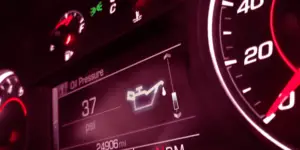

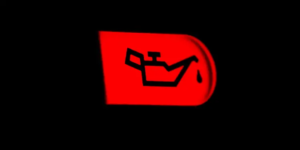
![Can Bad Oil Cause a Car to Stall? [ANSWERED] car-stalling](https://carzaza.com/wp-content/uploads/2023/12/car-stalling-300x150.png)
